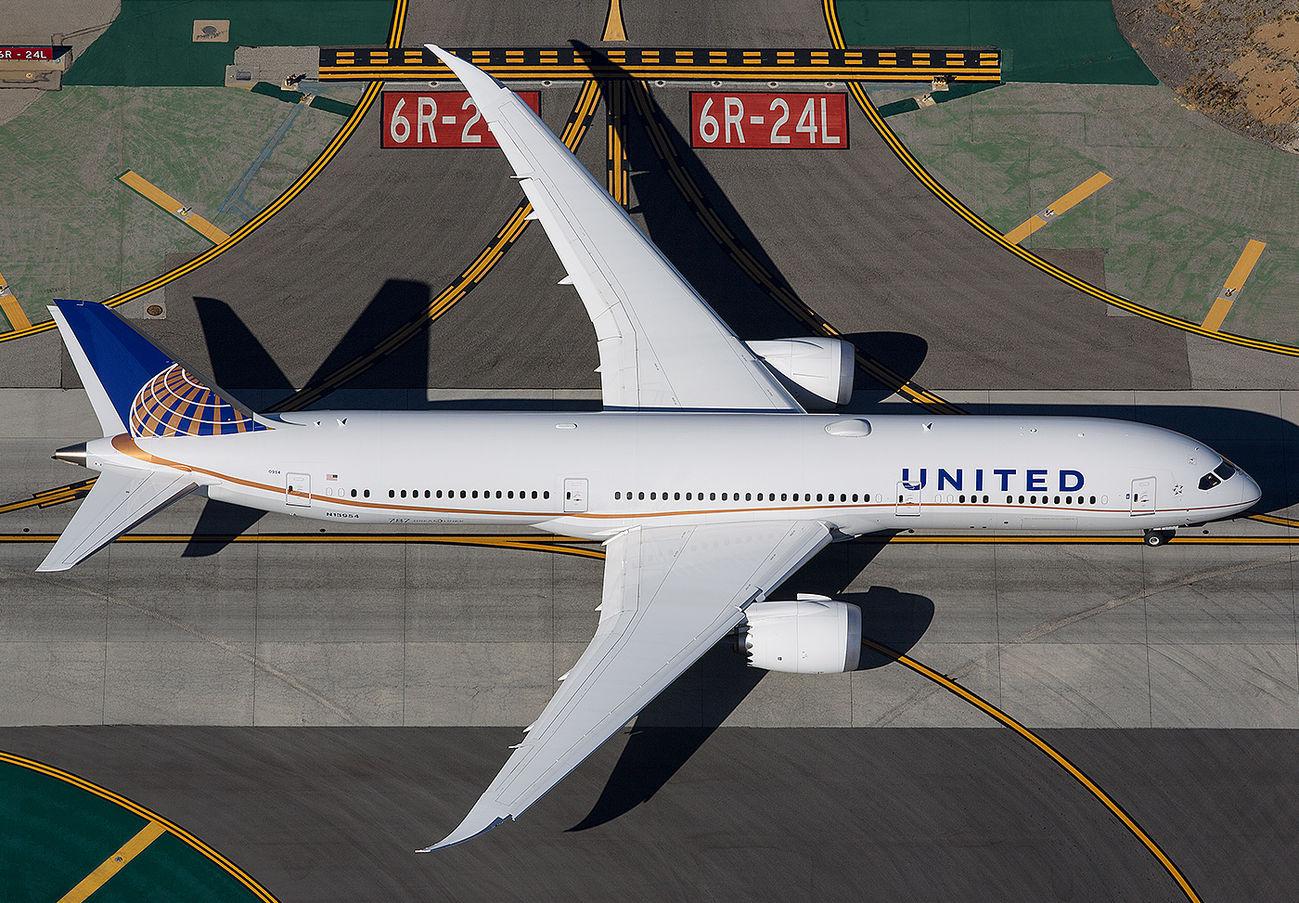
United Airlines CEO Scott Kirby said the air transport industry has “turned a corner” in its recovery from the COVID-19 pandemic, although that newfound optimism was not reflected in the carrier’s latest quarterly results.
Chicago-based United recorded a net loss of $1.8 billion in the 2020 third quarter (Q3), slightly larger than the prior quarter’s $1.6 billion deficit. Total operating revenues were down 78%, harmed by an 84% plunge in passenger revenues. Cargo revenues marked a rare bright spot, surging by more than 50% and reflecting an increased use of the airline’s widebodies on charter cargo-only missions around the world.
Despite the bruising quarterly result, United executives believe the company and industry have reached a crucial turning point in the pandemic recovery, boosted by key developments in pre-travel passenger testing and improved understanding of the low-risk of contracting COVID-19 in flight.
“Increasingly, the light at the end of the tunnel is now visible,” Kirby said Oct. 15 on an earnings call. “It’s a long tunnel and it will have twists and turns, but we’ll begin to move back toward normal with what health experts are telling us is a widely available vaccine around the end of next year.”
United’s improved outlook is supported by the roll-out of pre-departure COVID-19 tests, which the company hopes will be instrumental in stimulating international travel demand by removing the need for mandatory quarantines. On Oct. 15, the airline launched testing for passengers flying to Hawaii from San Francisco International (SFO), which it plans to use as a blueprint for replication in other international markets. By Spring 2021, management predicts testing will be widely available around the world, and governments will adopt consistent measures to reduce quarantines for customers who test negative.
“There are things that we can do safely even when the pandemic is still going—including flying—but we’re going to need testing to make that happen,” Kirby said. “I think that one day, we’ll look back at today and the beginning of passenger testing as an important milestone.”
United is also bullish about the findings of a recent collaborative study with the U.S. Defense Department and the Defense Advanced Research Projects Association (DARPA) that examined the spread of aerosolized particles aboard aircraft. Management says the study’s conclusions back up IATA’s assertion that the chances of contracting COVID-19 in the cabin are equivalent to the chances of getting struck by lightning, largely explained by aircraft airflow systems, High Efficiency Particulate Air (HEPA) filtration systems and the downward flow of air in the cabin from ceiling to floor.
“You would need to fly 54 hours nonstop next to someone with COVID to have a reasonable chance of catching it,” United EVP and chief commercial officer Andrew Nocella said of the study’s findings. “Aircraft really are a truly uniquely safe environment.”
United projects its capacity will reach 45% of 2019 levels in the fourth quarter (Q4), the most conservative outlook among its network airline peers, although still better than the 35% schedule it operated in Q3. Management sees little room for growth in Q1 2021, with capacity expected to remain roughly flat compared to Q4 2020 levels.
United had approximately $14.7 billion in liquidity as of Sept. 30, or more than $19 million when factoring in undrawn CARES Act secured loans. The pace of daily cash burn improved to $21 million per day in Q3, compared to $40 million in Q2. The company expects to break even sometime in Q1 2021, in line with recent guidance from Delta Air Lines.





